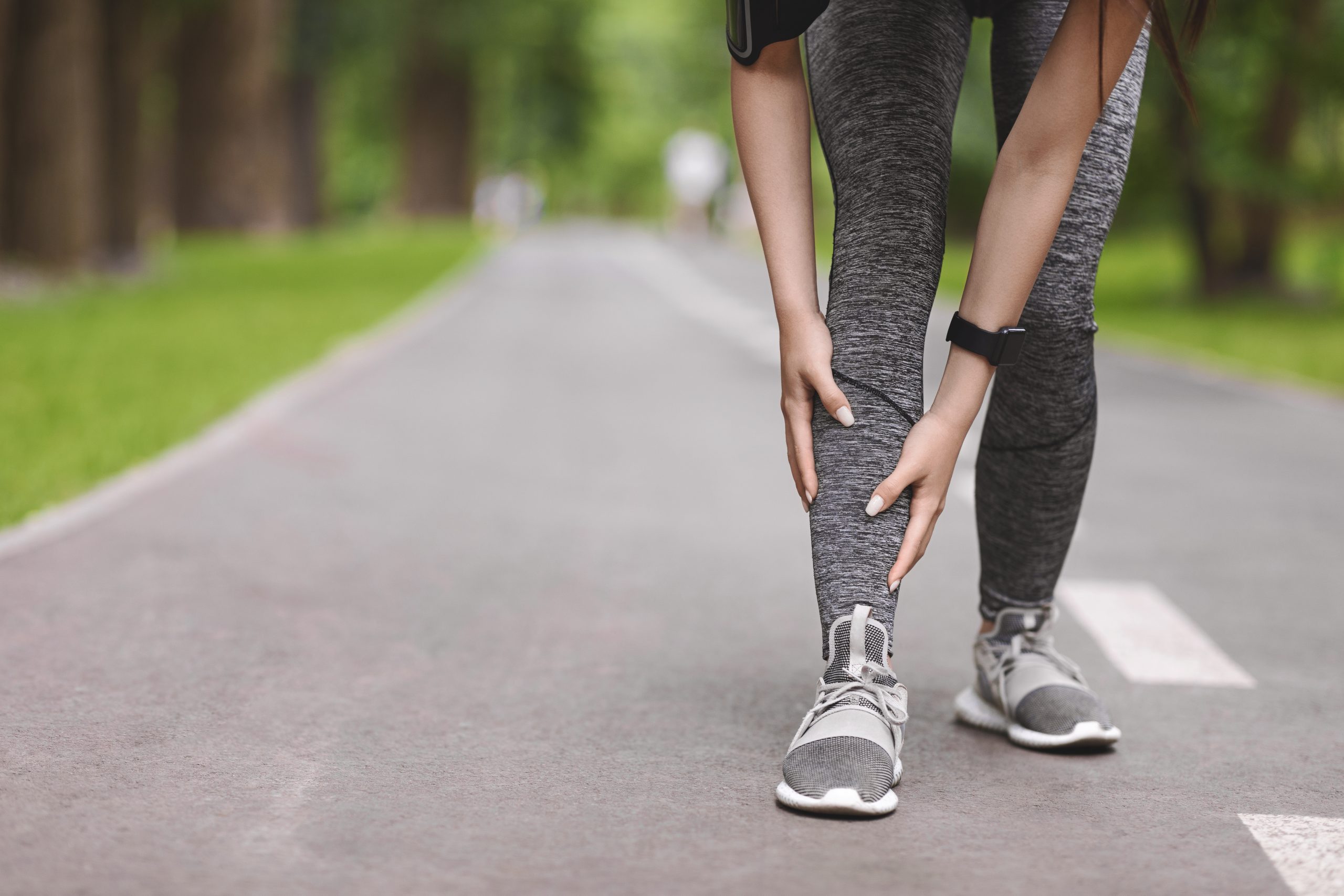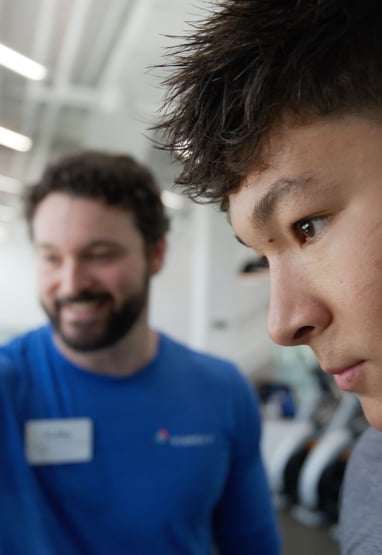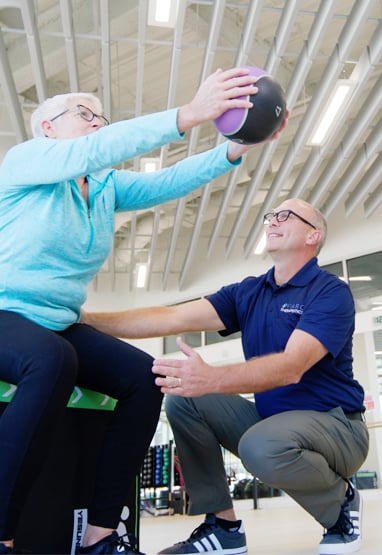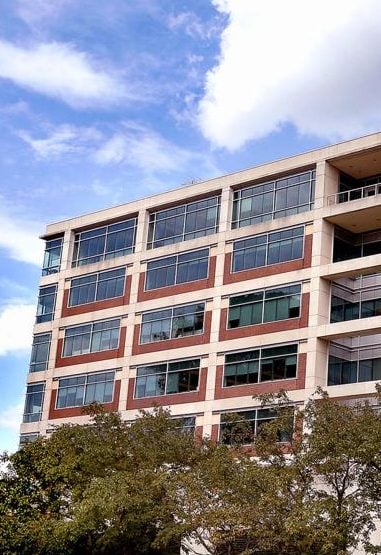Say No More to Shin Splints!

Wonder why your lower legs hurt after you run, walk, or jog? Most likely, this pain is medial tibial stress syndrome, more commonly known as shin splints. What are shin splints? Shin splints occur along the inner edge of your tibia, the more prominent bone in your lower leg. The pain associated with it is caused by the muscles and bones in the lower leg pulling apart and becoming irritated and painful. Shin splints occur in people who intensify or change their training routines, do a more challenging than a usual workout, and/or do continuous or repetitive exercises. Intensifying routines result in more stress on muscles, tendons, and bone tissue. This causes the muscles and bones to pull apart, slowly causing shin splints to pain. Well, how can I avoid them?
Exercise Frequency
- Too much running
- Too many high-impact activities can put too much stress on your shins.
Shoe Choice
- Doing different exercises will have different impacts on your legs. Having the correct shoe type is essential for the specific exercises you’re doing so they can support the movement.
Arch Support
- If you have flat arches, you are more likely to experience shin splints because the muscles and bones may not absorb or distribute the force from the impact. So, adding an arch in your shoes can help you prevent shin splints. This is true for all arch types as well.
Less Impact
- To avoid the shock on your legs, try exercises that avoid impacts like swimming, biking, and walking on softer surfaces such as grass or trails. The stomping on the hard ground increases the force your muscles and bones must absorb, causing them to fatigue and cause shin splints from the overuse.
Form
- Workouts done in the correct form can help avoid shin splints and other injuries related to weightlifting, running, and exercising. If you are unsure how to properly do an exercise, asking a trainer or looking it up on the internet is the best way to ensure your form looks good.
Stretching & Strength Training
- Stretching can help prevent shin splints and help with keeping all joints and muscles healthy and feeling good.
- Strengthening the muscles around your shins builds calf muscles and helps prevent the pulling apart of the shin and muscle.
One in five runners get shin splints, and 60% of athletes, dancers, and other active individuals get shin splints, so they are much more common than one may think. So, let’s talk about how to treat them if you end up getting shin splints. If you notice your shins are starting to hurt after a day of intense standing, pounding on your legs, and/or anything else, you will want to stretch a lot to try and help the pain. Stretching can help relieve your shins and help prevent them in the future. Next, you should try to avoid pounding on your legs or straining them for two weeks so you can fully recover. While in your recovery stage, you can do exercises that don’t cause as much stress on your shins, such as biking, swimming, or using an elliptical. Putting ice packs and compression bandages on can help reduce swelling as well. Following these steps can start to get you onto a full recovery. It is also recommended to check with your doctor for any over-the-counter medicines you can use to help decrease inflammation and pain. If nothing is helping to reduce the pain of the shin splints, see your doctor for treatments, exercises, and stretches you can do to help even more to stop the pain.
Overall, shin splints are a widespread reaction to excessive pounding on the legs and excessive change in an exercise routine. Having good, comfortable shoes, lessening the impact on your legs, and doing a lot of stretching are suitable preventative measures that can help you from feeling the pain in your shins. Stretching, swimming, and icing your shins can help reduce the pain if you get shin splints. Now go out there, stay active, healthy, and feel great!
Sources:
,https://my.clevelandclinic.org/health/diseases/17467-shin-splints
,https://www.choosept.com/health-tips/8-tips-prevent-shin-splints
,https://www.mayoclinic.org/diseases-conditions/shin-splints/symptoms-causes/syc-20354105
.jpg)


